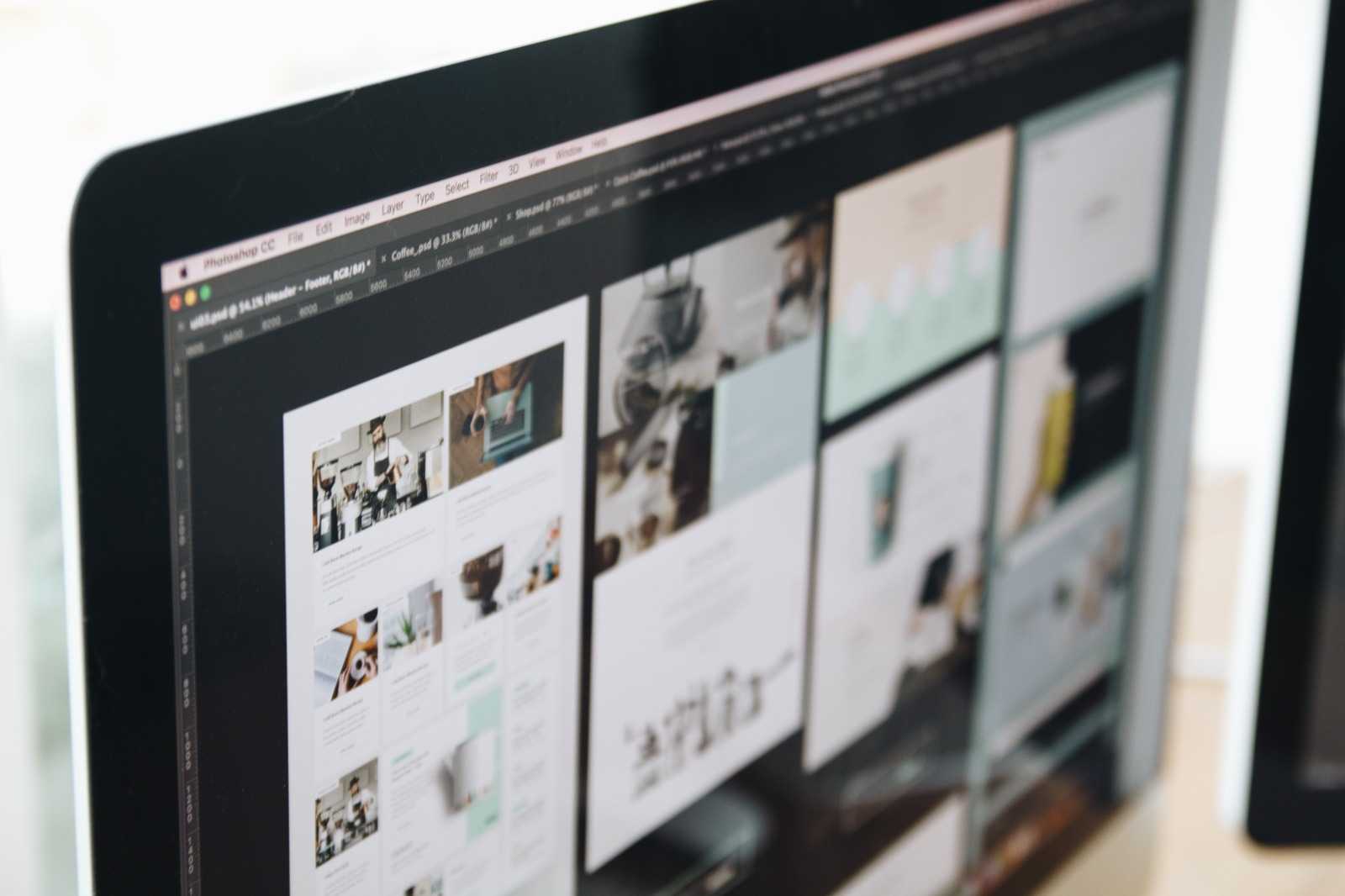
Designing a product from ideation to launch is a complex process that requires careful planning, execution, and iteration. As a product designer, it’s essential to have a deep understanding of each stage of the design process in order to create effective, user-centric products. In this post, we’ll break down the design process into six key stages, from ideation to launch, and explore best practices and tips for each stage.
Ideation:
The first stage of the design process is ideation, where the design team comes up with ideas for the product. This can involve brainstorming sessions, sketching, or research to determine user needs and pain points. During this stage, it’s important to encourage creativity and collaboration while also keeping in mind the project’s scope and goals.
Research:
The research stage involves gathering information about the product’s users, market, and competition. This can include user interviews, surveys, competitor analysis, and other methods to gather insights that will inform the design process. It’s important to conduct research early and often to ensure that the product is aligned with user needs and market trends.
Wireframing:
Once the design team has a clear understanding of user needs and goals, it’s time to create wireframes. Wireframes are low-fidelity, simplified versions of the product that outline its basic structure and functionality. This stage is crucial for defining the product’s user flow and identifying potential pain points or usability issues.
Prototyping:
After wireframes are approved, it’s time to move on to prototyping. Prototyping involves creating a more high-fidelity version of the product that includes visual design elements, interactions, and animations. This stage is important for testing and refining the product’s user experience and identifying any design flaws.
Testing:
User testing is a critical component of the design process. During this stage, the product is tested with real users to identify any usability issues or pain points. Feedback from user testing is used to iterate and refine the product before launch.
Launch:
The final stage of the design process is the launch. This involves putting the product into the hands of users and tracking its performance. It’s important to continue gathering feedback and iterating on the product even after launch to ensure its ongoing success.
In conclusion, designing a product from ideation to launch requires a clear understanding of each stage of the design process. By following best practices and staying focused on user needs and goals, product designers can create effective, user-centric products that meet the needs of their target audience.
Interested in knowing the UX Design Principles? check out my previous post.
You can follow me on social media via the following links: IG, LinkedIn
View my portfolio on Behance.
